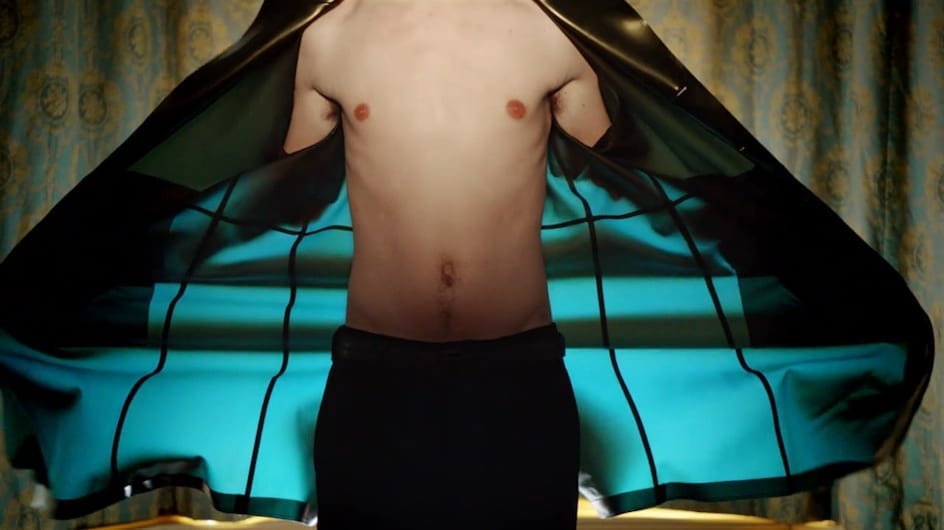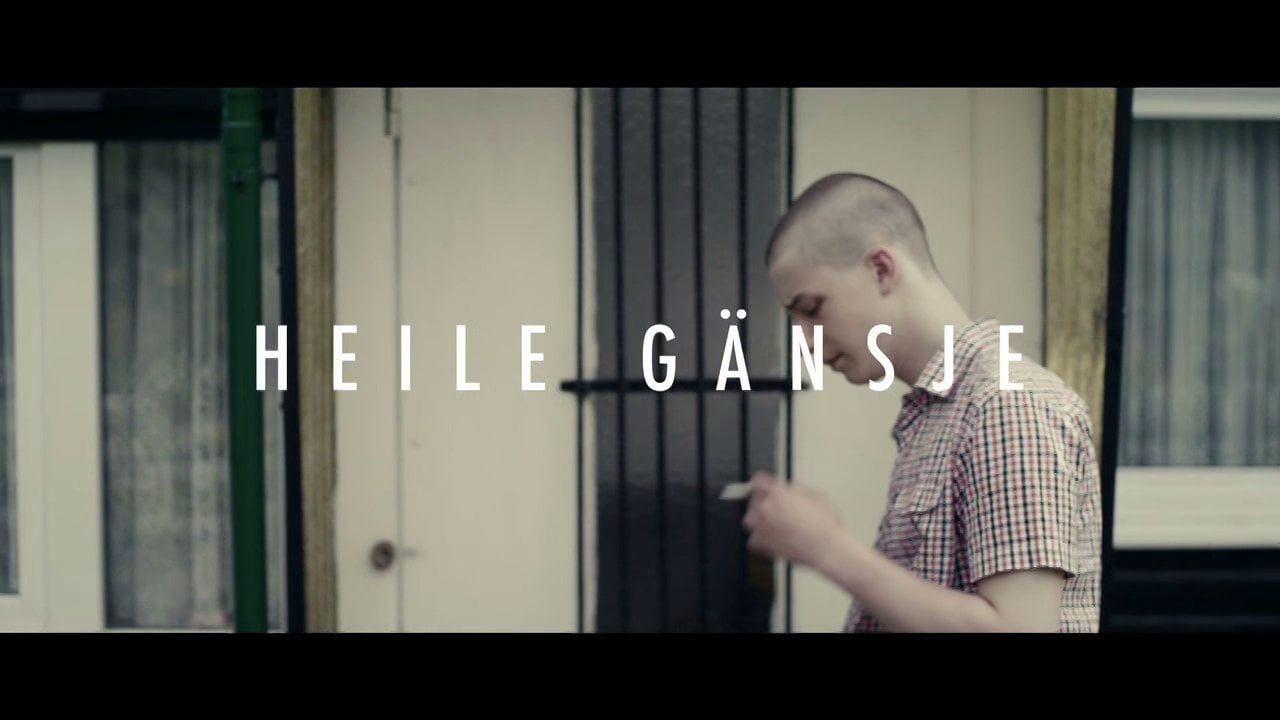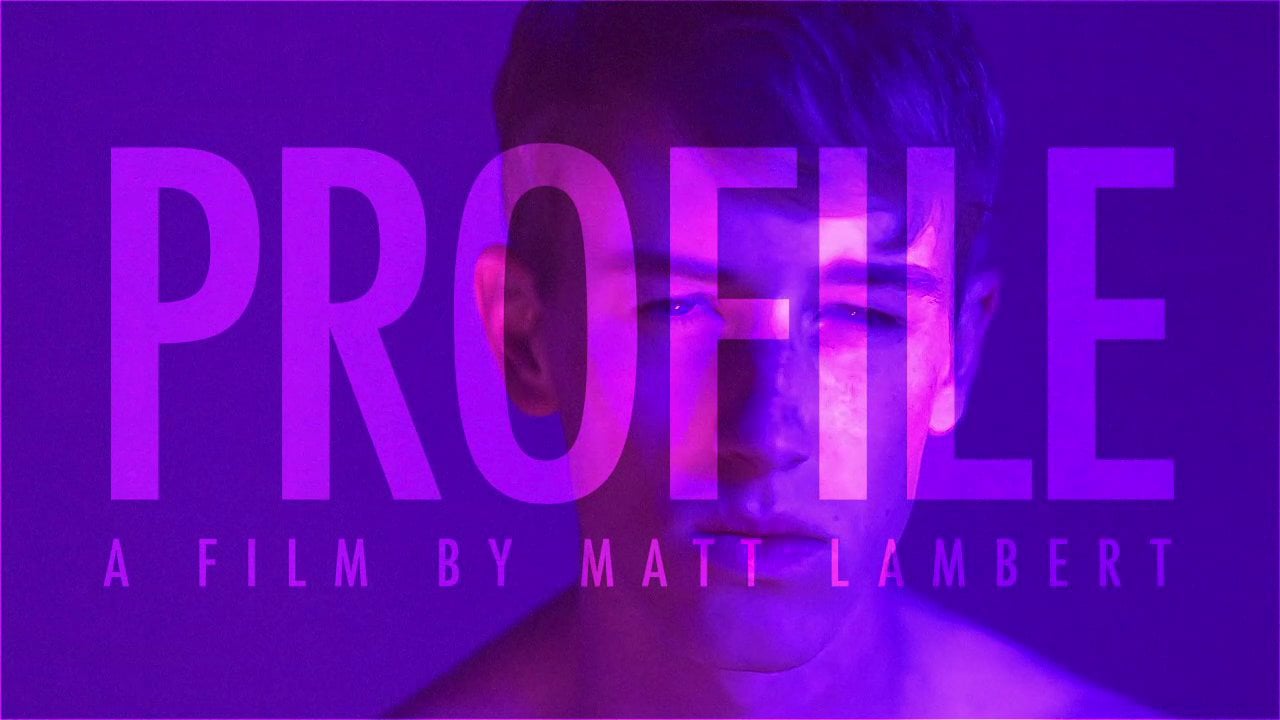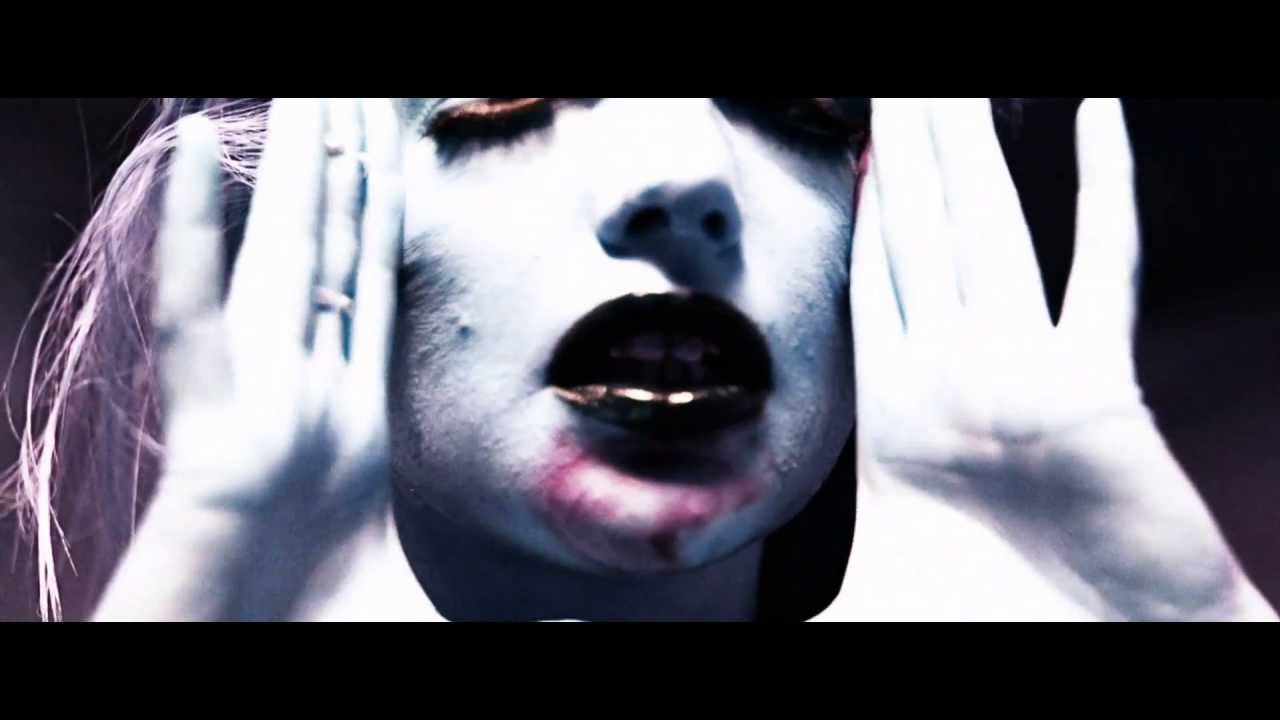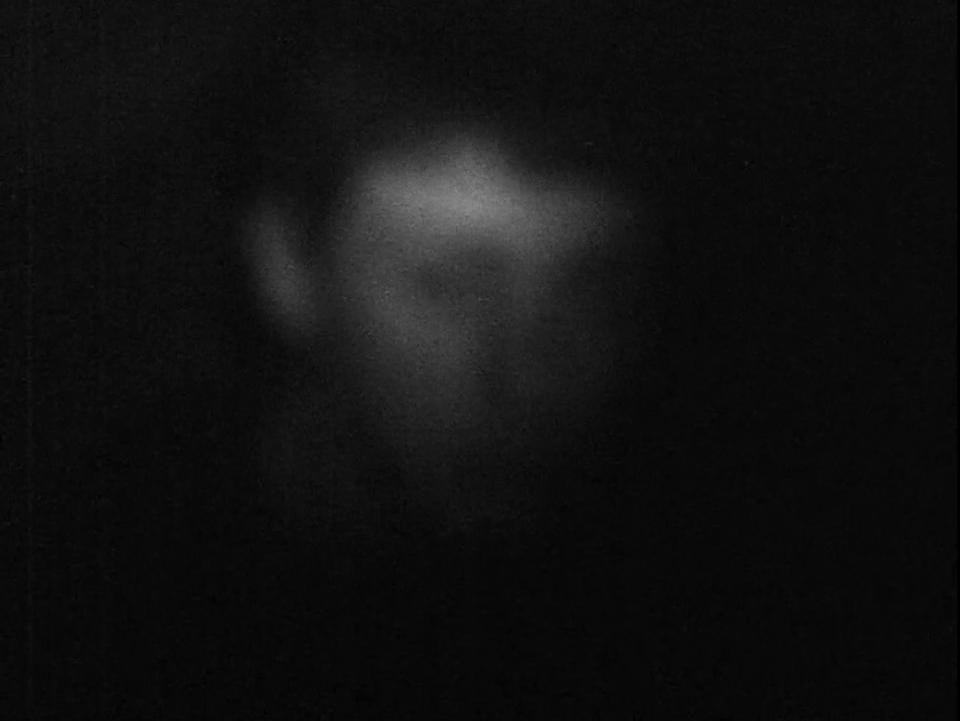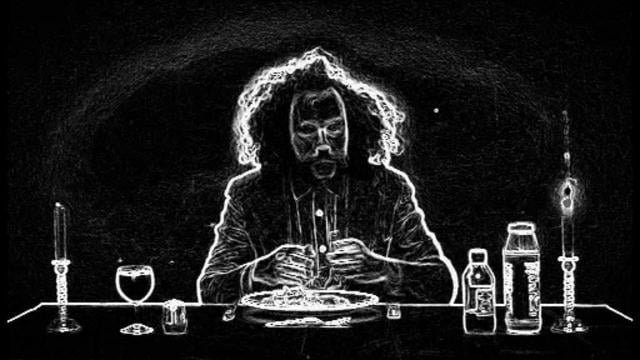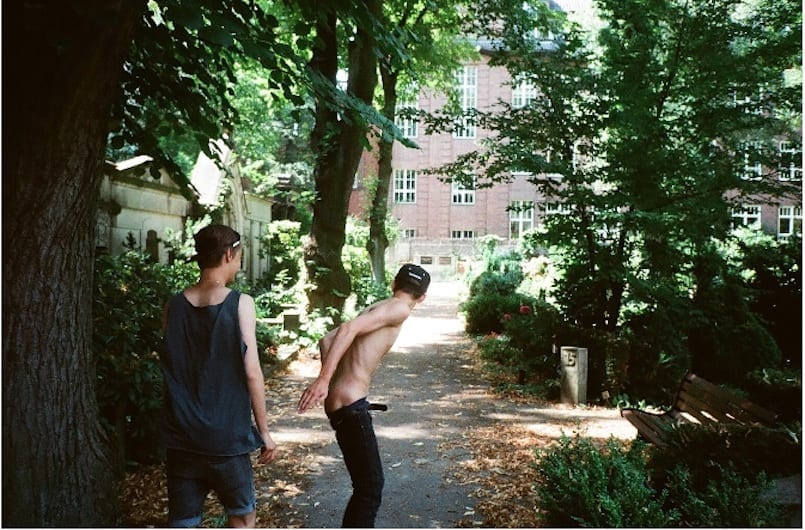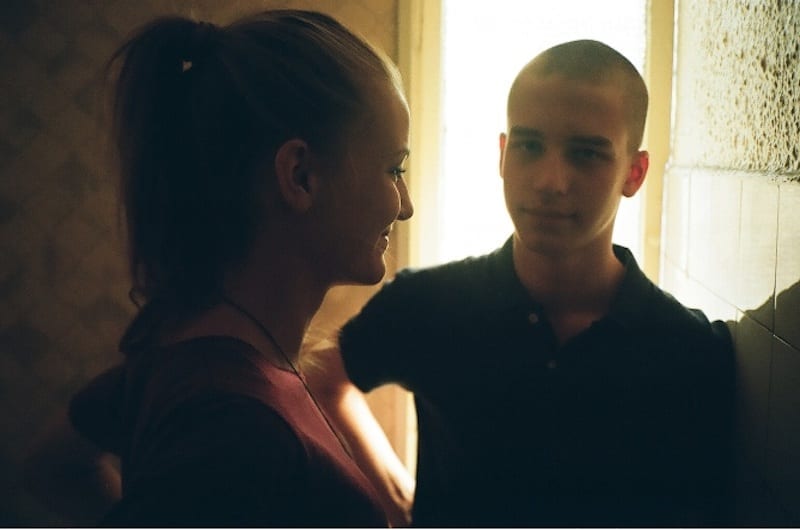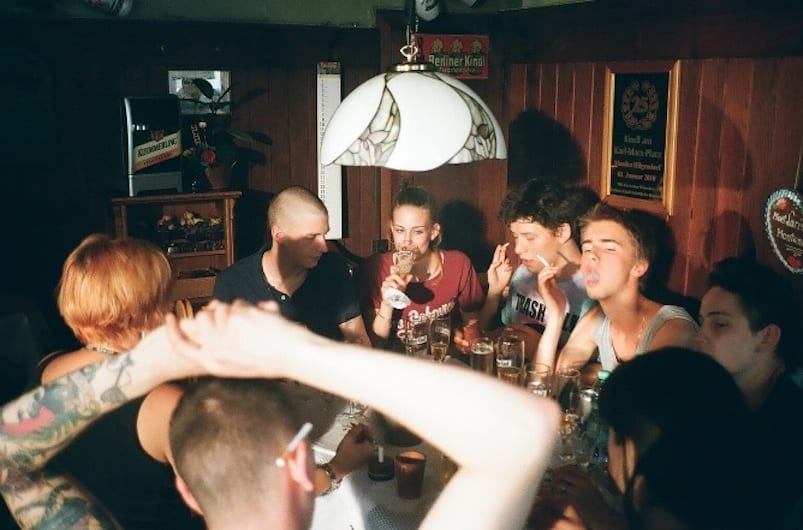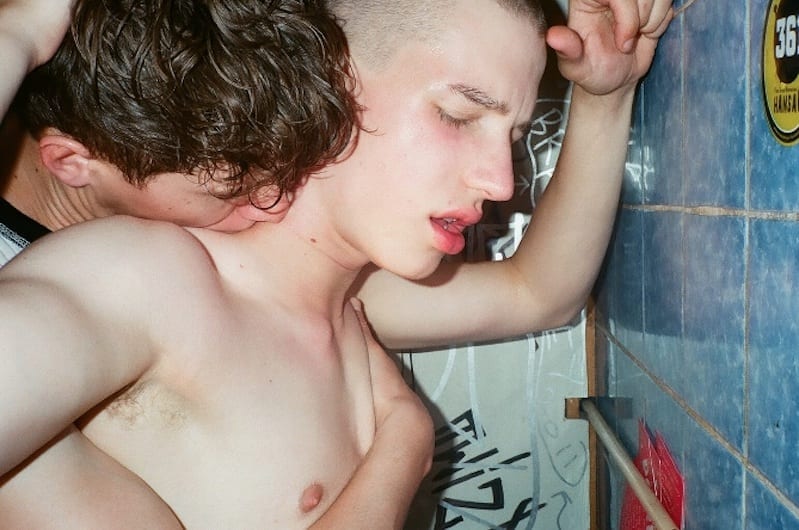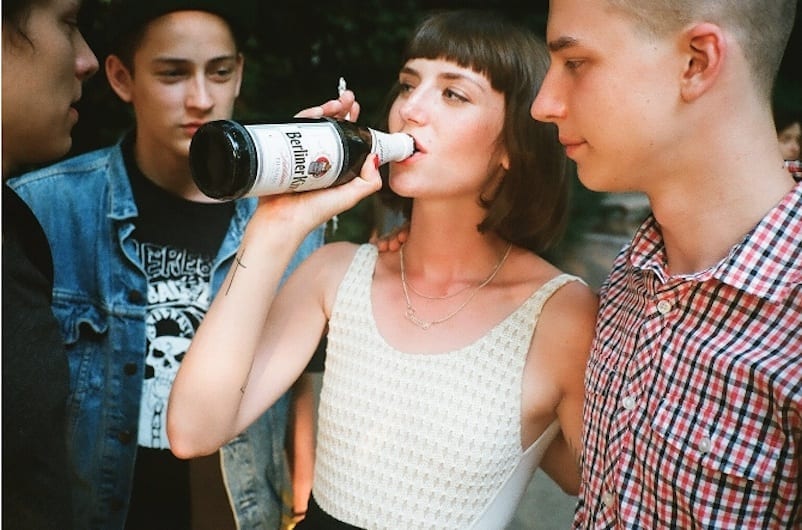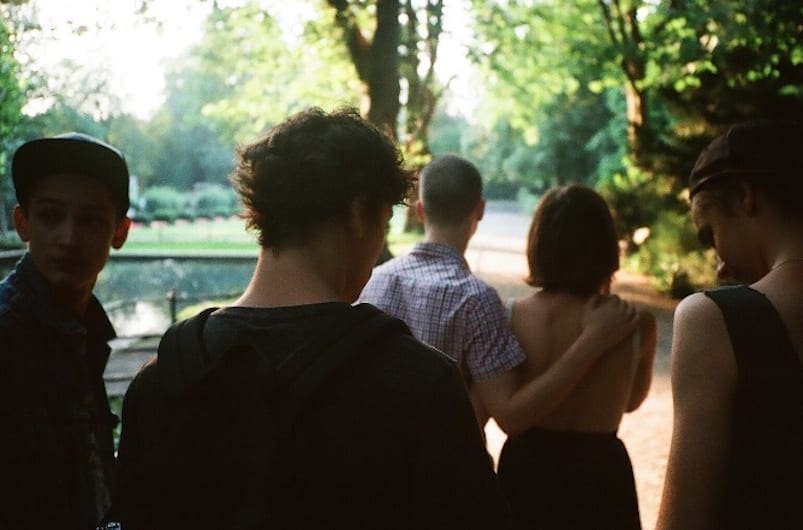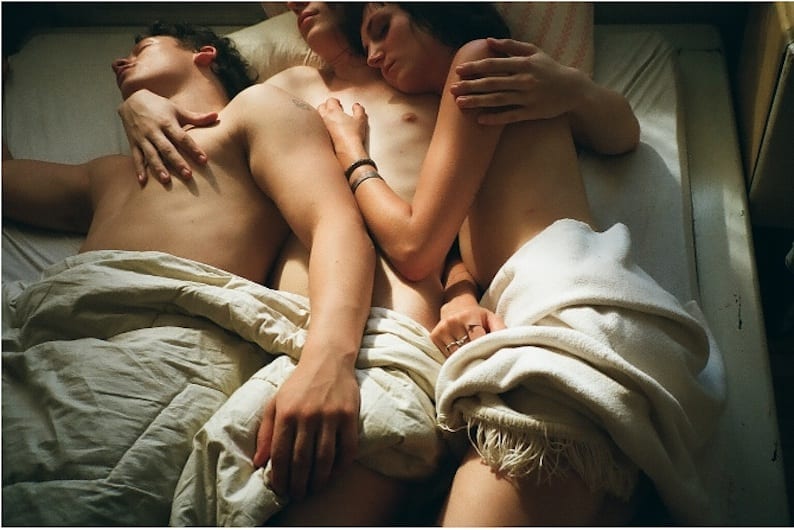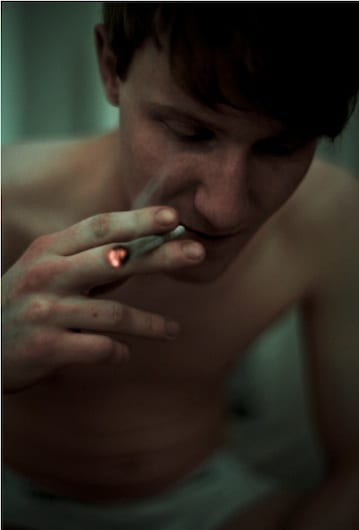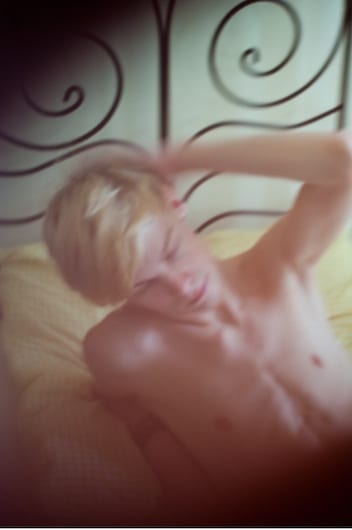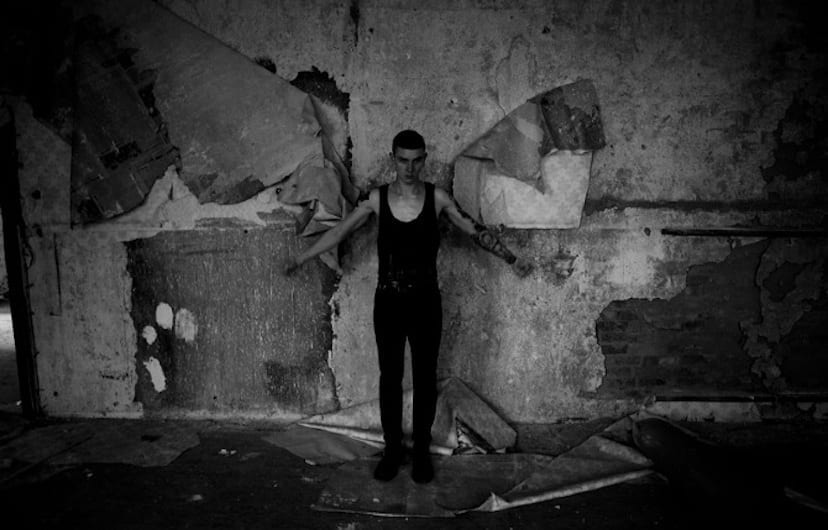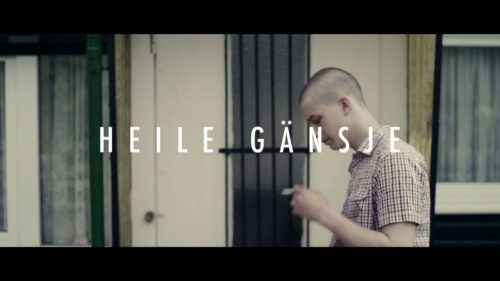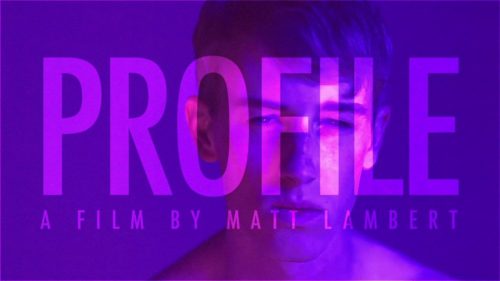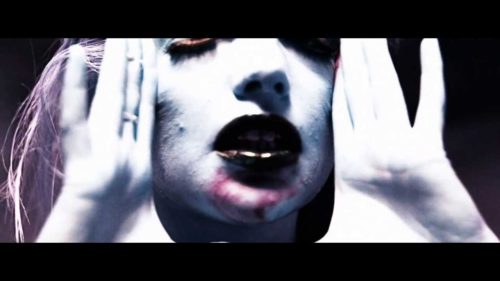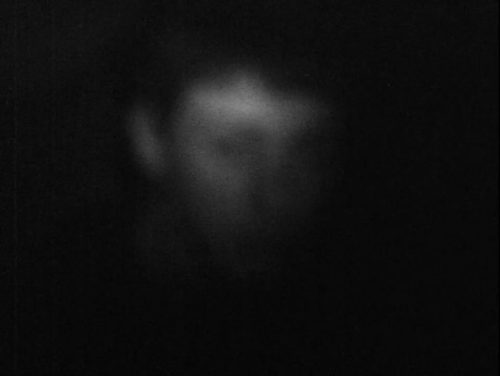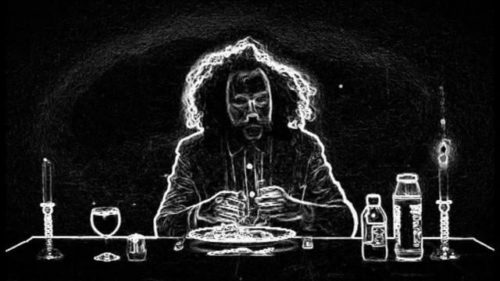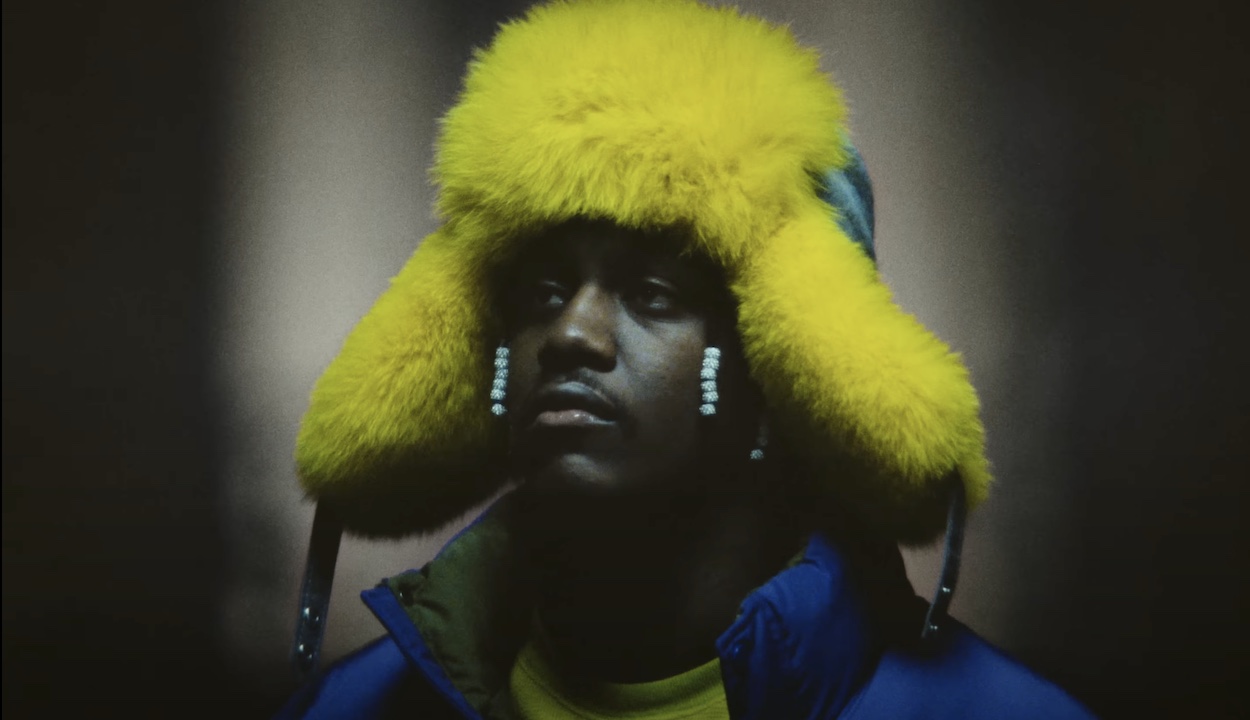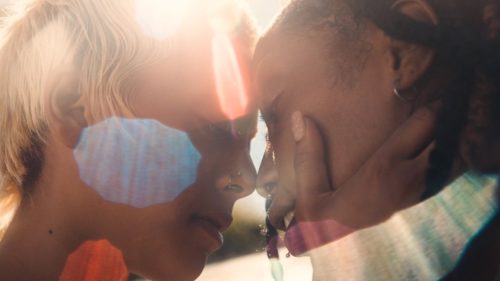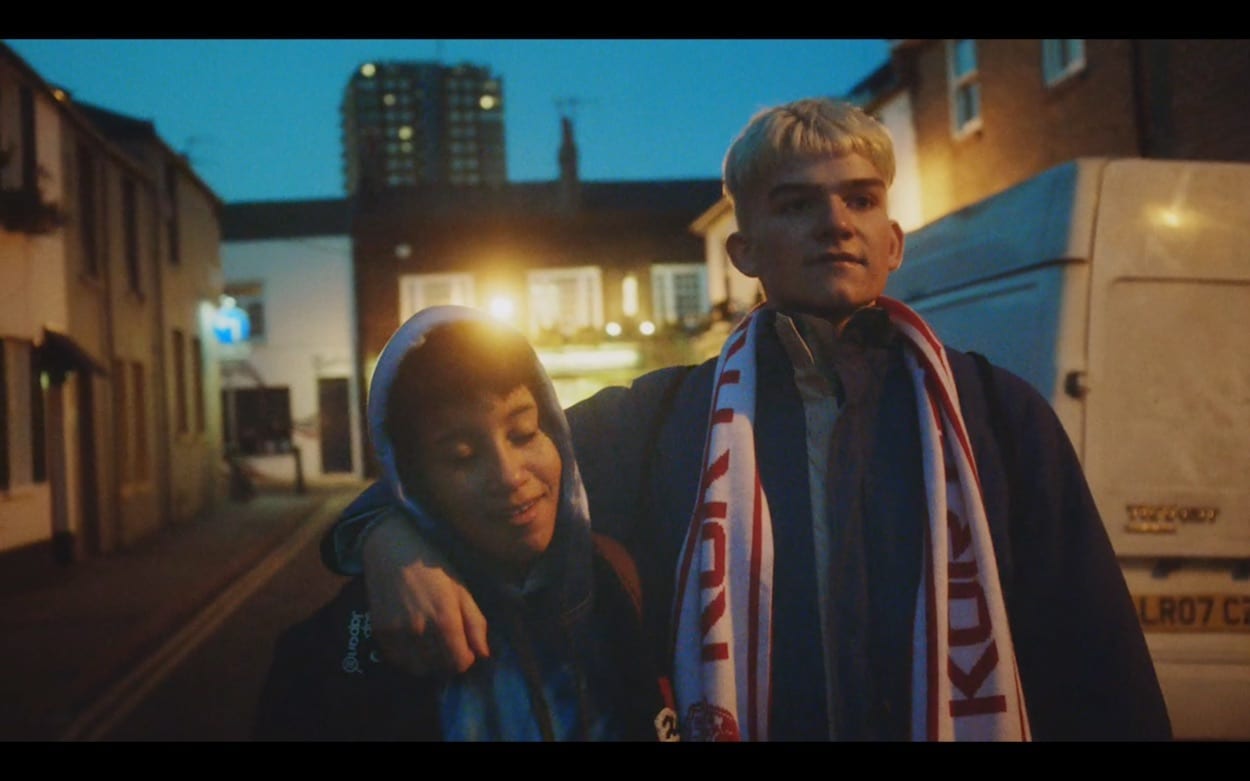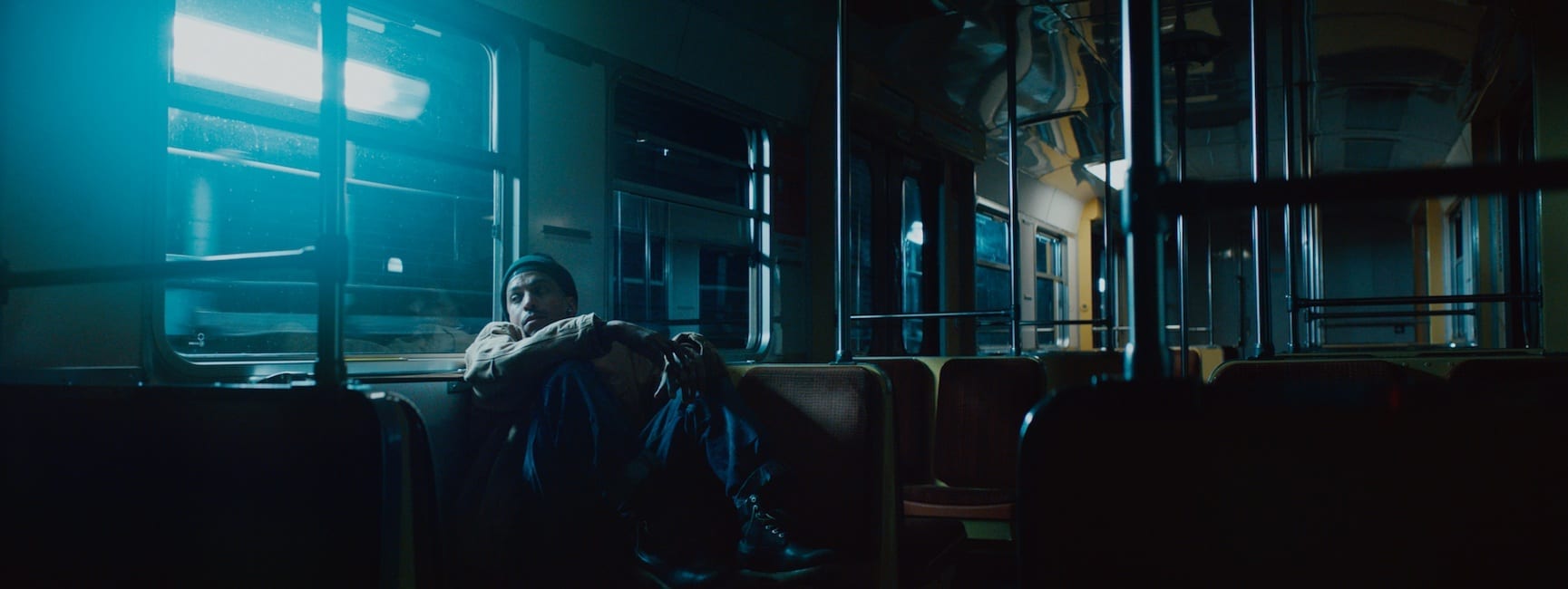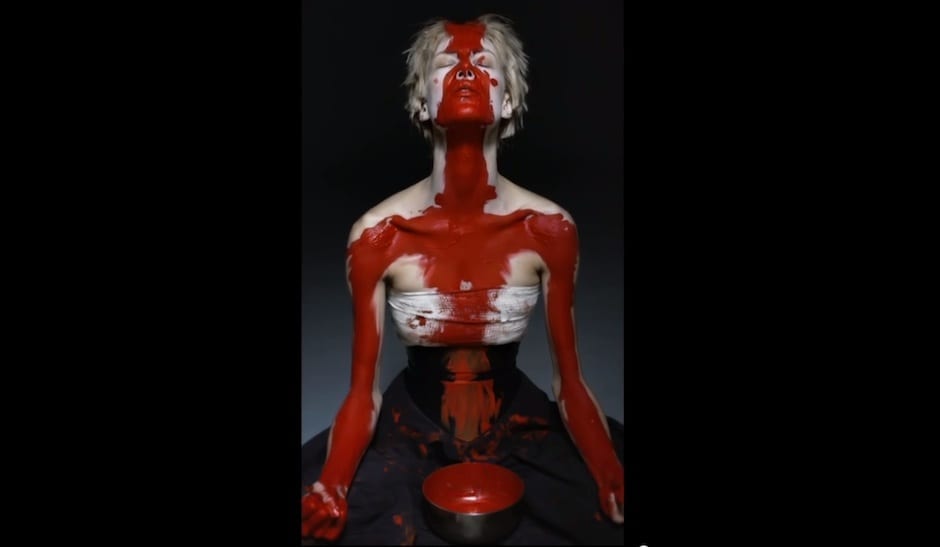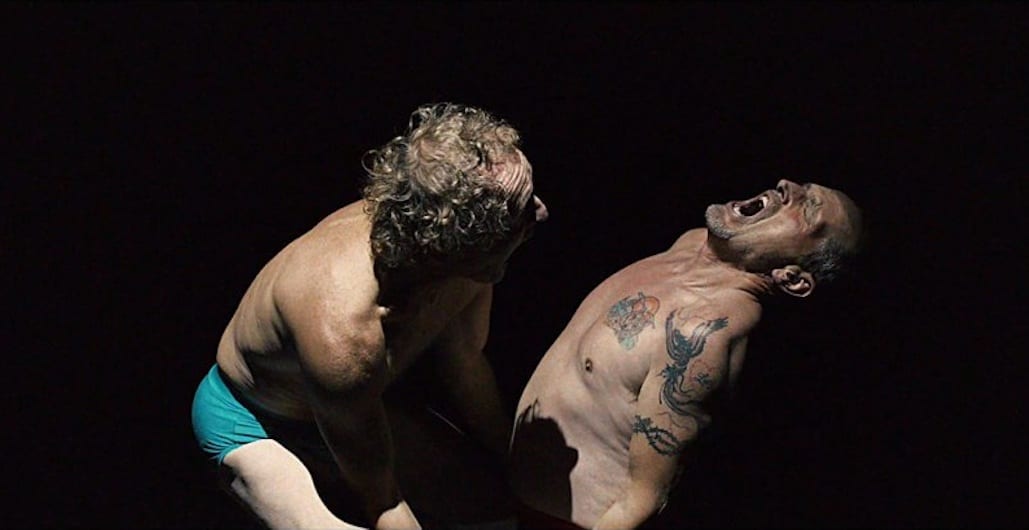Since moving to Berlin two years ago how has your work evolved? Are the cultural sensibilities very different in Berlin to New York, say, and how has this influenced your personal expression?
Since moving to Berlin, my working process has become much more intuitive, honest and fluid. The majority of my recent work has been independent or direct commissions/collaborations. This has allowed me to invest more direct energy into developing worlds, characters and aesthetics independent of a brief and pitch. While still constantly in dialogue with NYC and London, the ground is primed for growth here and there lacks the sometimes limiting feeling of NYC’s pre-ploughed paths.
The speed and hyper-productivity of my years living in NYC, London and LA often got in the way of actual production. I’d always be busy, but sometimes go a month without actually making something. It’s easy to get lost in the ether of Berlin, but those years spent in the aforementioned commercial worlds has helped me focus on my personal projects here.
More honest in which ways?
I’ve been quite disconnected from the commercial and cultural trends. This in turn has allowed me to connect more to those around me. I’ve been conscious of collaborating with truly like-minded people; artists and musicians that amplify my own voice. The line between my personal life and my work has become quite blurred and I’ve come to terms with the transparency of the autobiographical nature of my work. My social life and friends are a big, collaborative part of my work both in front of and behind the camera.
How did your filmic exploration of sexuality evolve? Filming sex can be, er, really unsexy but you’re evolving a visual style that isn’t explicit or crude in any way. In terms of tone and filmic language what is important to you?
It’s taken many forms since I stated exploring the topic about three years ago. My first film in the realm was FICKMACHINEN (though I was doing printmaking projects on the subject 10 years ago). This early work was a very impersonal, disenfranchised and even nihilistic. Ten or so love scenes later, the aesthetic has evolved and taken on many forms. It’s now become a fusion on hyper-intimate realism and visceral abstraction. This combination of highly visual and raw documentary, representing the ever-in-flux state of emotionally charged reality is something that has influenced all my work.
A case in point is your portrayal of Cam Boys (See Profile in Related Content) which is an interesting story about gay guys who generate cyber fantasies for cash. Did you work closely with the DoP on the framing and lighting and the way you documented the story?
I shot this myself and will shoot all the stories in the episodic documentary series. This is once again playing with the fragmented nature of reality that becomes even more layered with the introduction of a dimension of virtual reality.
Talking of DoPs we see you used one of our favourites, Marc Gomez del Moral, on the British Fashion Film which you shot through White Lodge. It’s an engaging portrayal of two different styles of fashion which lifts the film from merely being catwalk. Was it a spontaneous shoot and did the story create itself in the edit? How much was pre-prepped?
That was first time I had worked with Marc. I had done a little film for AG Rojas and Vince Haycock’s Tribute series called Paul and Jakob. This was pure voyeuristic documentary. The idea was to create a more formal and cinematic version of something like this. However, on this project we had a client, brands to represent, a cast and structure. Creating this sense of three spontaneous stories that we had to shoot in one location and in one day was the challenge. Marc was well up for breaking away from boards. I’ve also been collaborating a lot with Cezary Zacharewicz in Berlin and a lot with Jaime Feliu-Torres in the past.
Is fashion filming an area you’d like to develop?
Absolutely! Outside of music, editorial and collaborative, designer-based projects seem to be the best fit for the way I’ve been working in recent years. Fashion often plays a narrative role in my work in some form.
How important is music to you and how do you go about sourcing tracks for your work?
Music and sound design has been a huge part of my work since my beginnings in animation and mixed-media work. I work incredibly closely with composers and sound designers on every project, usually having them involved before anything is shot. I’ve been lucky enough to have music from Patrick Wolf, Le1f and Black Cracker on a recent project – all of whom I’ve been able to collaborate with on their own projects. Sound design is where the abstract moments of my work are given their sub-text and often text. Past collaborators include Dennis Beckmann, HECQ and Freddie and Joe.
Tell us about making Heile Gänsje, the short film for Channel 4, please. Did you write the narrative too and how did the idea develop?
I had the idea for the film a while back and teamed up with Blake Wood in LA to write the script. It all ended up changing a lot after shooting, but there were definitely key moments and lines he blocked in which helped anchor a lot of my visual ramblings.
It was initially built around sensations and the idea of emotions and urges altering ones reality.
Do you find film work is a constant compromise with the budgets available or do you simply crack on and tell your stories without huge crew and gear?
I took a break from the commercial word knowing well that I’d have massive limitations and would lose most of the production and post-production resources I had become accustomed too. However, the creative freedom has been well worth it. Saying that, crew and facilities/studios have been more than gracious and supportive on my independent projects.
What are you currently working on and what would be your dream brief?
I’m working on a documentary project (film and photo), in early talks about a feature film project (which is based around my dream brief – can’t say more) and pushing more into the fashion world with the help of White Lodge. A lot of this has meant editorial photo projects as well. Dream projects in general are also ones where I can involve friends and artists I admire and have been collaborating with already, and to be able to support and fund their projects through my work.
Is your photography and motion work integral to each other? What do you shoot your stills on?
They go hand in hand. I’ve returned to photography in a major way since being back in Berlin. It’s been a no-cost to low-cost way of developing ideas as well as characters and casting. I log a lot of ideas in photo format. If they have no home, they become a series of exhibition/gallery spaces or lead into one of two small book projects I’m in early development on.
View selection of Matt Lambert’s films and stills photography in Related Content
See more of Matt Lambert’s still photography and films here
